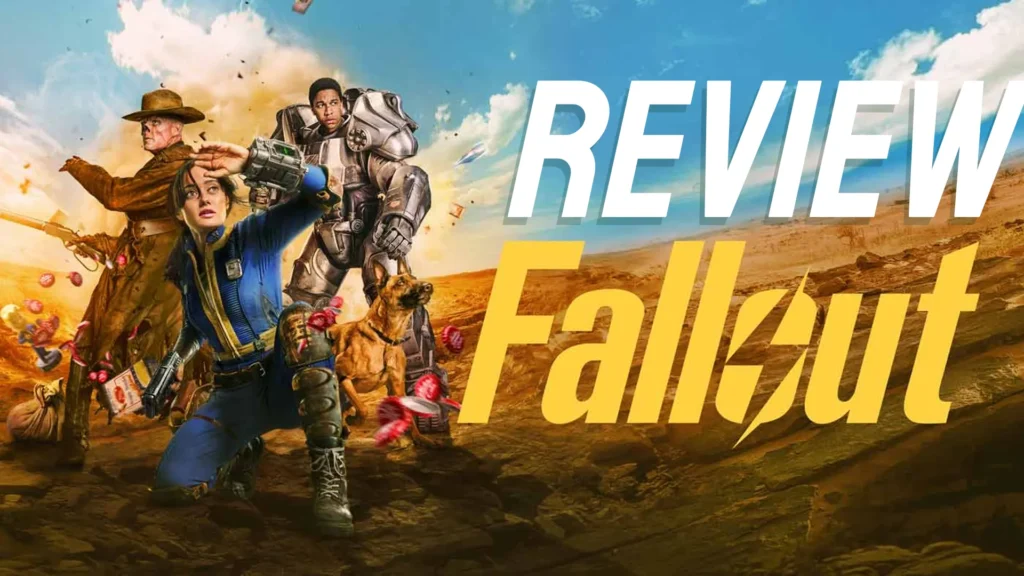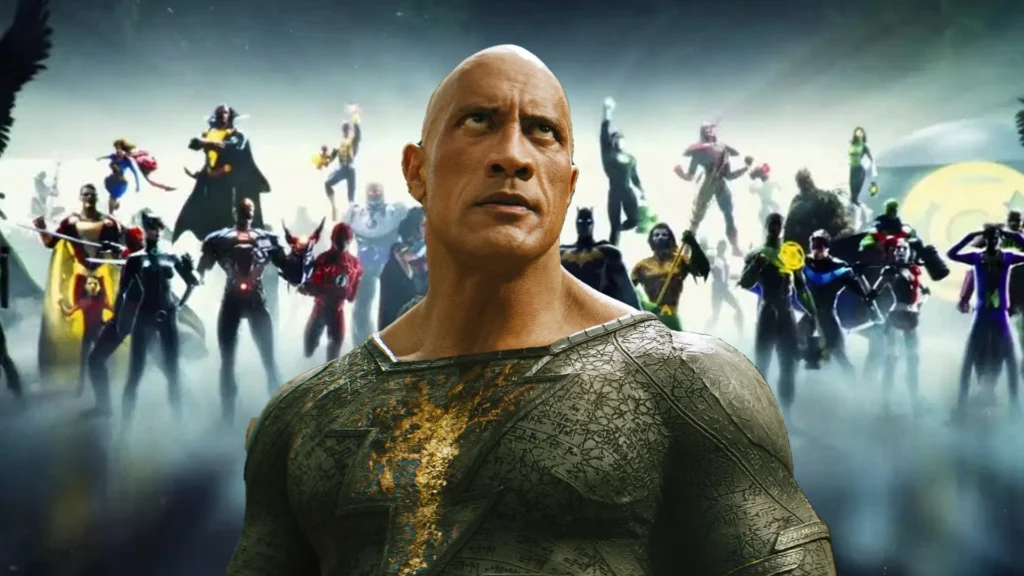Shonen Genre is Changing
You’re not crazy, Shonen is changing. When the word Shonen comes to mind, I think of the anime that I grew up with: Dragon Ball, Fullmetal Alchemist, Bleach, One Piece, and especially Naruto. These series defined what Shonen meant to me at such a young age, and for many others as well. These were series that evoked such a strong and powerful message about life and perseverance. Regardless of how they expressed these phenomena, it all boiled down to being presented in a light-hearted manner. Of course, there were gloomy times where darker themes reigned, but the core of Shonen has always been cheery and joyful.
As time went on, things started to change. Shonen in our current day and age is not the same as it once was, but not in a bad way—it’s just changing. If you take a look at the Shonen series that were undergoing serialization a decade ago, you’d notice a pattern. They’re all fairly light-hearted and weren’t packed with dark and gloomy instances from the get-go. Of course, these series had their fair share of dark moments, as any series should, but there was a clear divide between what was deemed a dark series and just a few dark moments in a series.
But now, if you look at the manga being serialized in Shonen Jump, you’d see that they’re much darker than past series and present a much more ominous and shady tone than what most Shonen fans are used to, with some series even being put in a box known as the “Dark Trio.”
Table of Contents
ToggleThe Dark Trio
Jujutsu Kaisen, Chainsaw Man, and Hell’s Paradise are manga under Shonen Jump’s catalog that have risen to fame over the last few years and have established themselves as the Dark Trio. They gained popularity from their gritty aesthetic and presentation. These three series’ unique display of tropes outside of what the stereotypical Shonen presents, as well as their distinctive gritty aesthetic, is what separates them from most series and offers a view into the future of Shonen anime and manga.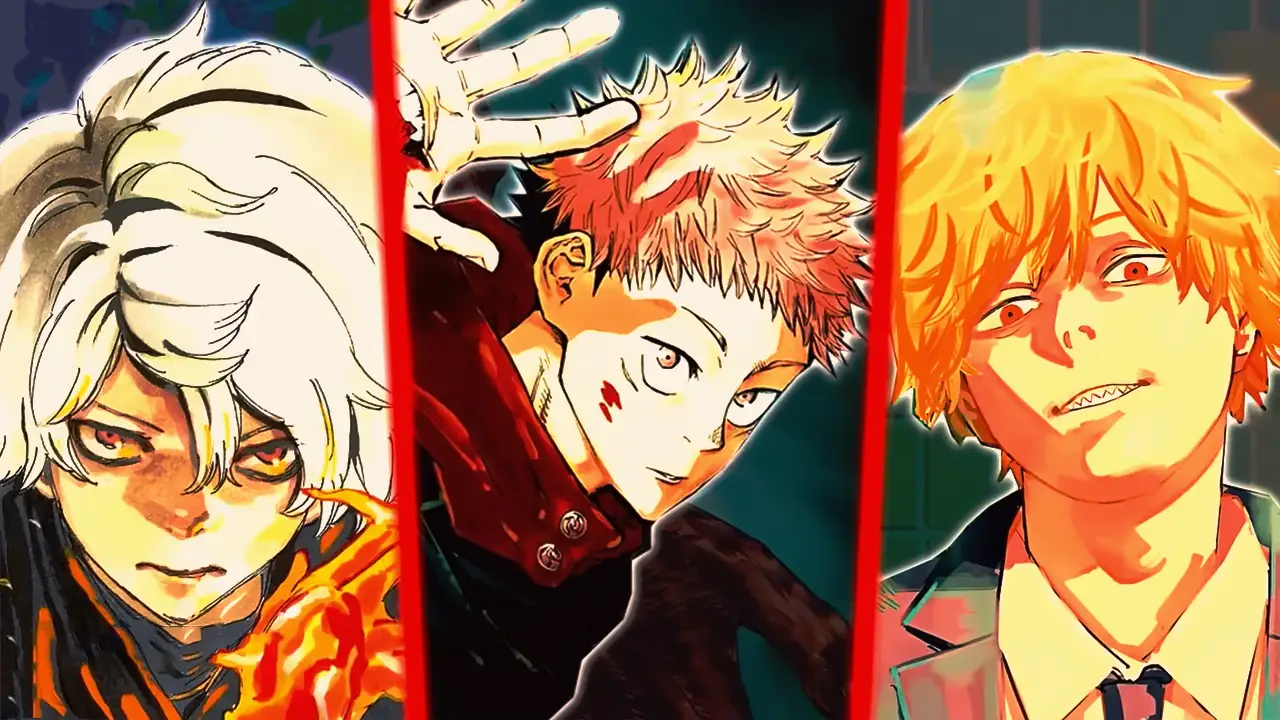
In 2018, all three of the Dark Trio began serialization, with Hell’s Paradise starting things off. This manga follows the story of Gabimaru the Hollow, who was captured during an assassination mission and sentenced to be executed. But nothing seems to kill him due to his superhuman body. Believing his love for his wife to be subconsciously keeping him alive, executioner Yamada Asaemon Sagiri offers him the chance to be pardoned of all crimes by the shogunate if he finds the Elixir of Life on Shinsenkyo, a legendary realm recently discovered southwest of the Ryukyu Kingdom. After losing five expedition teams sent to the island, this time the shogunate sends a group of death row convicts. The convicts are each given a Yamada Asaemon executioner, who they must return with in order to obtain the pardon. Hell’s Paradise takes a unique look into Shonen manga, expressing a new and different approach to relationships and the importance of having bonds and connections. Gabimaru’s connection to his wife allows him to change from a shell of a man to a warrior with compassion for others.
The second manga to begin serialization within this group was Jujutsu Kaisen, which follows the life of Yuji Itadori, an unnaturally strong high school student living in Sendai. On his deathbed in 2018, his grandfather instills two powerful messages within Yuji: always help others and die surrounded by people. Yuji’s friends in the Occult Club attract curses to their school when they unseal a rotten finger talisman. Yuji swallows the finger to protect jujutsu sorcerer Megumi Fushiguro, becoming host to a powerful curse named Ryomen Sukuna. Due to Sukuna’s evil nature, all sorcerers are required to exorcise him immediately. However, upon seeing Yuji retaining control over his body, Megumi’s teacher Satoru Gojo brings him to the Tokyo Prefectural Jujutsu High School with a proposal to his superiors: postpone Yuji’s death sentence and train him under Gojo until he consumes all 20 of Sukuna’s fingers so the curse can be eliminated.
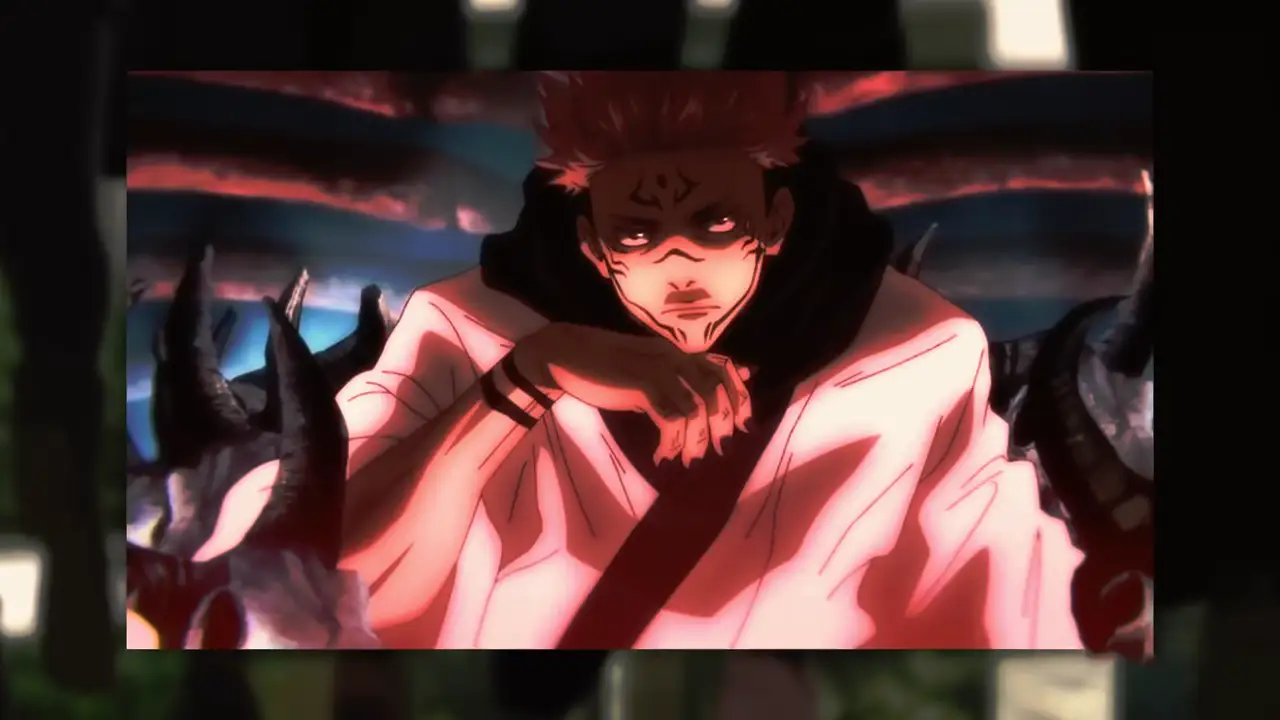
At the same time, a group of cursed spirits plots a multi-layered attack on the world of jujutsu sorcery, including the cursed spirit Mahito and a corrupted sorcerer named Suguru Geto, who was executed by Gojo a year prior. Jujutsu Kaisen is the most popular manga from this trio, noted for its uniquely choreographed fight scenes, the attention from its anime adaptation by Studio MAPPA, and the anticipation fueled by the weekly manga releases. It’s no wonder why it’s usually the most discussed and reviewed out of the trio.
Finally, to complete the Dark Trio, we have Chainsaw Man, a story that follows Denji, a teenager trapped in poverty, working off his deceased father’s debt to the Yakuza by working as a devil hunter aided by Pochita, his canine companion and Chainsaw Devil. Denji is betrayed by the Yakuza, who kill him for a contract with the Zombie Devil. Pochita makes a contract with Denji, merging with him as a devil-human hybrid under the condition that Denji live out his modest dreams, such as having bread with jam or falling in love with a woman. By pulling a cord in his chest, Denji then becomes Chainsaw Man and massacres the Yakuza. Chainsaw Man arguably expresses its defiance of Shonen tropes the earliest, emphasizing gore and blood as early as the first chapter.
Hell’s Paradise, Jujutsu Kaisen, and Chainsaw Man are all fairly popular Shonen manga and share similarities of being grittier, more violent, and lacking a distinctive end goal in the form of an adventure. These qualities have led to them being dubbed the Dark Trio.
The Fall of Traditional Shonen
But what does this mean for other Shonen series? Arguably, some of the three most popular manga in recent Shonen Jump share these distinguishing characteristics. But what about other recent Shonen series that don’t fit these unique attributes? The Dark Trio are popular for their own respective reasons but share the same attributes of more violence, gore, and a gritty aesthetic. It’s difficult for other series that represent a more light-hearted approach to get greenlit and receive the same attention. Series under Shonen Jump such as Blue Box have been undergoing serialization for much longer than a series like kagurabachi, but the latter has been gaining much more traction and attention as of late because it more pertains to what the future of Shonen Jump entails. The same goes for series like Undead Unluck and Dandadan, which have been releasing since 2020 and 2021 and gained decent recognition once they commenced serialization, but over time fell victim to the fan-favorite tropes and characteristics that the Dark Trio represent.
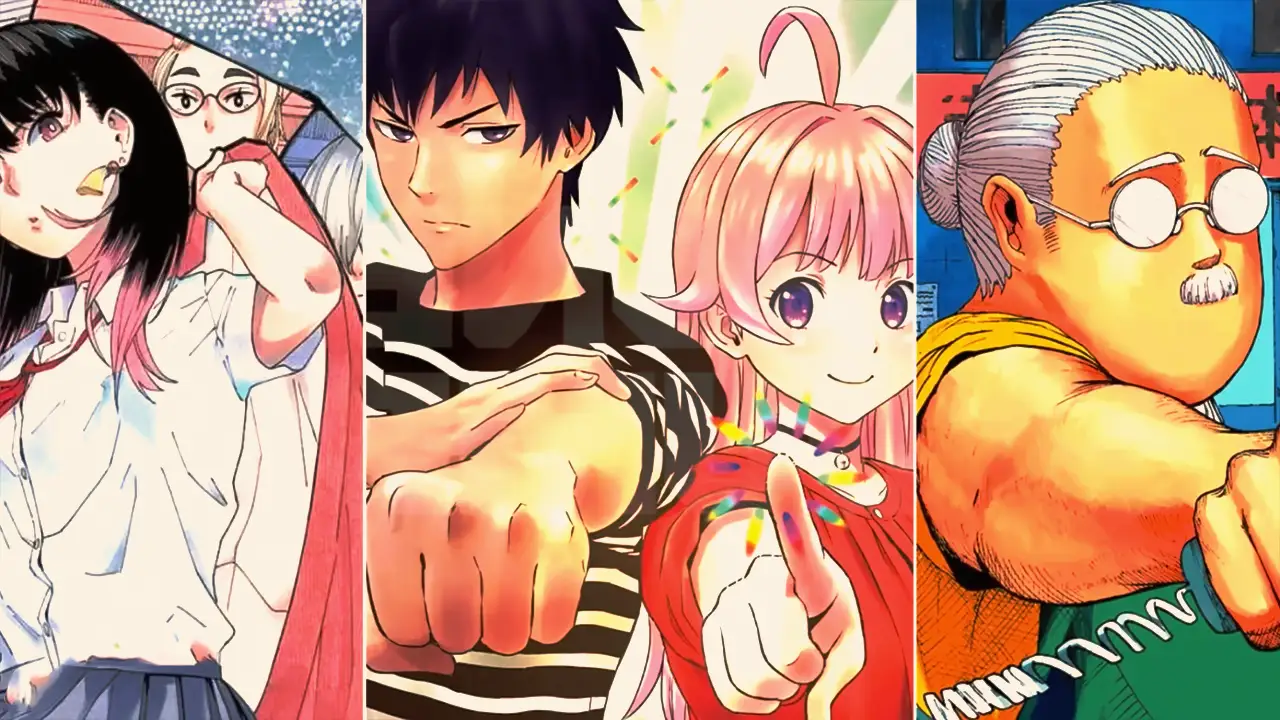
My Hero Academia's shift
A prime example of this shift is My Hero Academia. It’s no surprise that My Hero has had a difficult history with its series in terms of being regarded as a joke and a series riddled by the fanbase with constant shipping of characters and whatnot. The series has always been fairly light-hearted from the artwork to the tournament arcs. There’s always been a level of joy throughout the series. But if you’ve been keeping up with the manga as of late, you’d notice a clear shift in tone when comparing the recent chapters and arcs to the beginning of the series.

Not simply from the artwork in general, but the subject matter, level of violence, and gore have all shifted and become more in line with the attributes of the Dark Trio, as that’s really what Shonen is turning into. In Chapter 306 of the manga, where Deku leaves the Hero Academy, this marks the point in which My Hero Academia begins to take a darker and grittier approach to the series in the Dark Hero Arc. Off the bat, you can notice a difference in tone. A series that has always been regarded as goofy and lighthearted became filled with gore and sensitive subject matter in a matter of chapters. The stakes were higher, the artwork became grittier, and overall, the series was unrecognizable. But it brought in a surge of new fans after seeing the direction it had been taking. This is what Shonen is turning into, and the manga had to adapt to what their genre was transitioning into.
The current saga that My Hero is in is the final one of the series, and considering the stakes, level of violence, and gore, the manga is going to go out with a bang and change the perspective of many readers who once perceived the series as too childlike.
The Future of Shonen
With the Dark Trio taking over the mainstream Shonen scene, it’s no surprise that other series displaying characteristics outside of what that trio represents aren’t going to get greenlit as often. This makes me wonder about the future of the entire demographic. A genre of manga that has always been defined by its light-hearted and joyful essence has now become popularized by series filled with violence and gore. The genuine definition of what Shonen should be has been tainted by the rise of the Dark Trio.
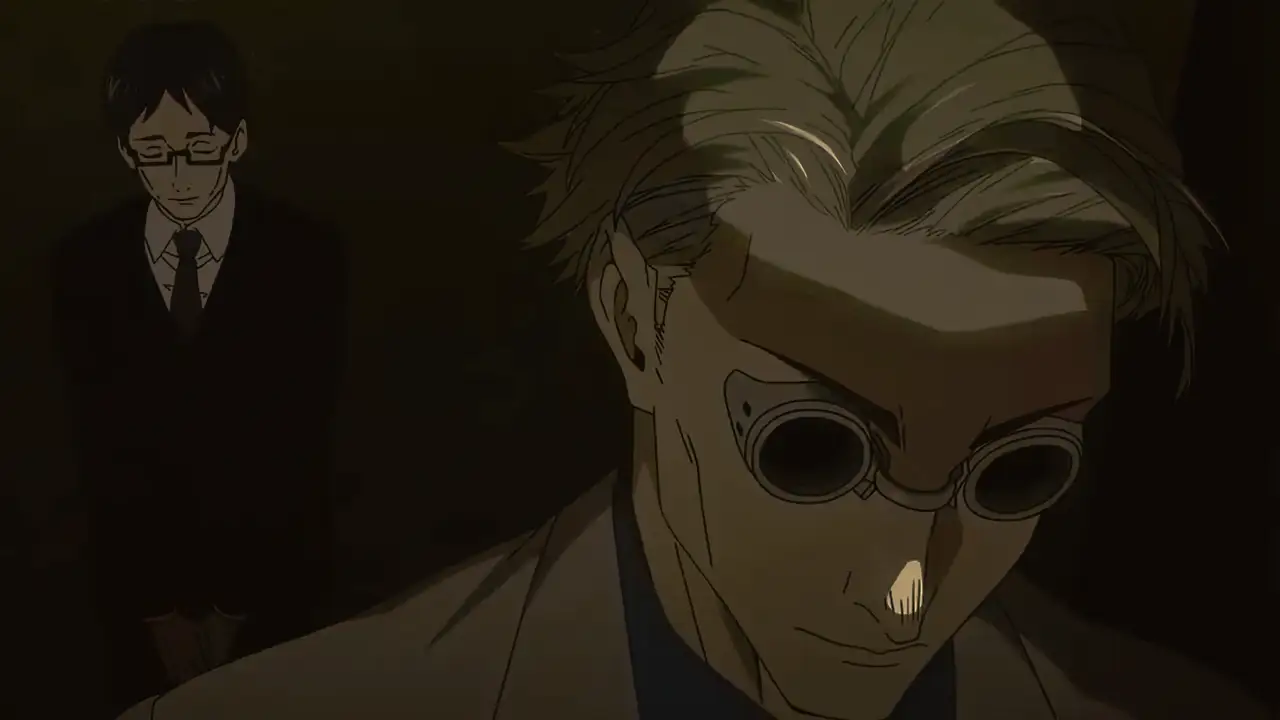
I don’t necessarily think that this is a bad thing, but it’s definitely something to think about and take into consideration when discussing the future of Shonen and future series undergoing serialization. Jujutsu Kaisen, Hell’s Paradise, and Chainsaw Man are also popular because of the themes they represent, and with My Hero Academia already making a drastic shift in its tone throughout the last few years, is it crazy to think that Shonen from this point forward is going to be a lot more violent and gritty?
We’ve already seen firsthand the changes that the genre has made, so I don’t think it’s ridiculous for the future of the genre to shift into something more seinen-esque, relying on violence and higher stakes. Once again, this isn’t a bad thing, but it’s definitely a change and one that creates a divide in the demographic and poses questions as to what the future holds for Weekly Shonen Jump.


